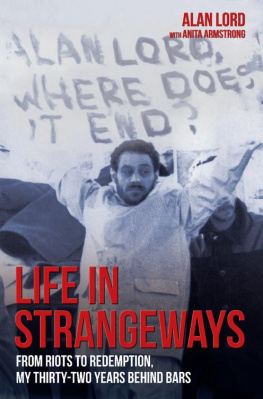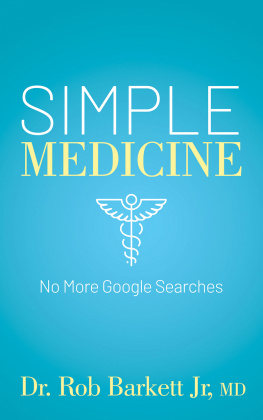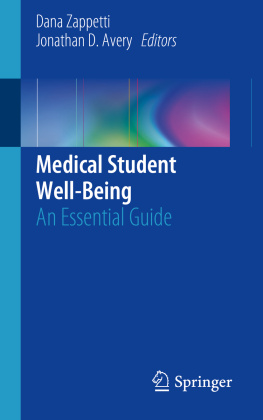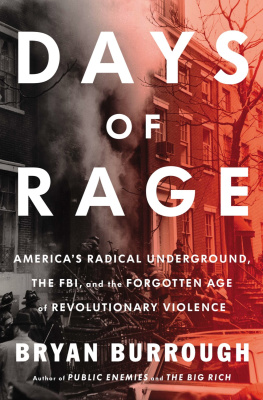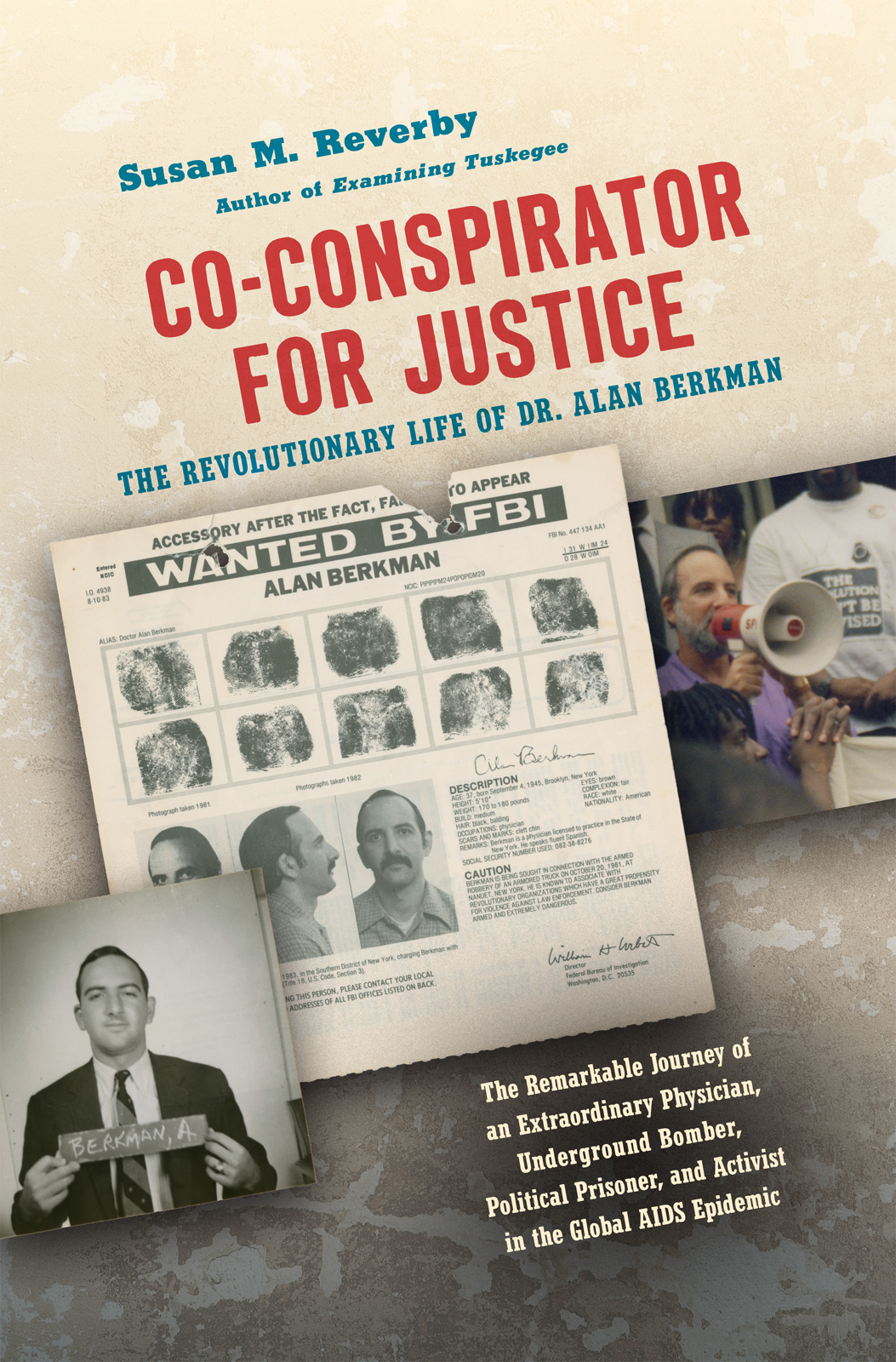THE REVOLUTIONARY LIFE OF DR. ALAN BERKMAN
This book was published with the assistance of the Thornton H. Brooks Fund of the University of North Carolina Press.
2020 Susan M. Reverby
Set in Arno, Scala Sans, Irby, Cutright by Tseng Information Systems, Inc.
Cover illustrations (left to right): Berkmans Columbia University Medical School orientation photograph (courtesy of Columbia University Health Sciences Library); FBIs wanted poster for Berkman, August 10, 1983; Berkman speaking at a demonstration (photograph by Barbara Zeller)
The University of North Carolina Press has been a member of the Green Press Initiative since 2003.
Cataloging-in-Publication data for this title is available at the Library of Congress, https://lccn.loc.gov/2019049812
978-1-4696-5625-0 (cloth: alk. paper)
KEY NAMES
MARION BANZHAF, leader in the John Brown Anti-Klan Committee and AIDS activist
SILVIA BARALDINI, key figure from May 19th
JERRY, LARRY, and STEVEN BERKMAN, Alans brothers
LOU BERKMAN, Alans uncle
MONA and SAM BERKMAN, Alans parents
SARAH M. ZELLER-BERKMAN, Alans daughter
DANA BIBERMAN, Alans lover and comrade
TERRY BISSON, key figure from May 19th
TIM BLUNK, resistance conspiracy codefendant
DONNA BORUP, key figure from May 19th
MARILYN BUCK, resistance conspiracy codefendant
DIANE GILLMAN CHARNEY, Alans high school and college girlfriend
RICHARD CLAPP, Alans medical school and longtime friend
HARRIET CLARK, Alans daughter
JUDY CLARK, key figure from May 19th
BETTY ANN DUKE, key figure from May 19th
LINDA EVANS, resistance conspiracy codefendant
LAURA FONER, Alans friend from Weather and Washington Heights
TOM GARRETT, physician friend from Alans internship who also became one of Alans doctors
LIZ HOROWITZ, key figure from May 19th
RON KUBY, one of Alans lawyers who became a close friend
BOB LEDERER, Alans comrade and AIDS activist
SHELLEY MILLER, key figure from May 19th
ANN MORRIS, Quaker friend of Alans
HANK NEWMAN, Alans high school drama teacher and friend
SHARON NEWMAN, wife and then ex-wife of Hank Newman
ANNE NOSWORTHY FISHER, high school friend who also went to Cornell and stayed in contact with Alan when he was in prison
EVE ROSAHN, key figure from May 19th
SUSAN ROSENBERG, resistance conspiracy codefendant
BRUCE TAUB, Alans friend
STEVEN WANGH, Alans friend
LAURA WHITEHORN, resistance conspiracy codefendant
BARBARA C. ZELLER, Alans wife and comrade
CO-CONSPIRATOR FOR JUSTICE

Alan Berkman, Boy Most Likely to Succeed, Middletown High School yearbook, class of 1963, p. 60. Authors collection.
PROLOGUE
CHILDREN OF THE HOLOCAUST AND COLD WAR
A very fewas heroes, patriots, martyrs, reformers in the great sense, and menserve the state with their consciences also, and so necessarily resist it for the most part; and they are commonly treated as enemies by it.
HENRY DAVID THOREAU, Resistance to Civil Government, 1849
I never thought I would know an American revolutionary. Yet my brilliant childhood friend Alan Berkman became one, and then a political prisoner of the United States as well as a global health activist. The man whose bar mitzvah I attended, and whom we voted the boy most likely to succeed in high school in 1963, found inspiration in John Brown, Vladimir Lenin, Che Guevara, and the poorest of the poor. He was an ally to Native American, African American, and Puerto Rican radicals and other revolutionaries around the world. Although never a killer, he believed for years that through armed propaganda he could change America. And later he would do more than that, much more, to transform policies and save lives across the globe.
Alan kept missing our high school reunions for none of the usual reasons. By the time of our tenth gathering, he had become a successful physician. He was absent because he had just crawled under the guns of law enforcement, illegally, to provide medical care to American Indian Movement stalwarts at the siege of Wounded Knee, or because he was busy caring for those the government labeled terrorists in New York City. It was only the beginning of efforts that brought him to attention of the police and the Federal Bureau of Investigation (FBI). In 1983, he missed our twentieth reunion, having skipped out on bail to go into the underground and become a bomber of political sites. Once he was caught and convicted, he survived nearly eight years in some of our countrys worst dungeons. By our thirtieth class get-together in 1993 he was a working physician again, in New York fighting acquired immunodeficiency syndrome (AIDS) at the height of the epidemic; by the fortieth he was transforming how life-saving drugs were made available worldwide. And when our fiftieth came in 2013, he was already four years gone, felled by the treatment for his sixth round of cancer.
Growing up during the Cold War in Middletown, our upstate New York community, no one at our high school imagined being wanted by the FBI, or receiving an indictment for conspiracy to resist the policies of the U.S. government. Many of us only thought about becoming adults and leaving for somewhere, and something, bigger. Cornell University accepted both of us in 1963, but after orientation our college worlds drifted apart: his to the rigors of premed and mine to labor history and the antiwar and civil rights movements. He and I symbolized the many divides of the 1960s. Alan loved being a fraternity boy who played football. I organized men to burn their draft cards in protest against the Vietnam War and was almost thrown out of the university. As my friends and I considered the possibility of prison time for civil disobedience, Alan dreamed of a successful medical career.


